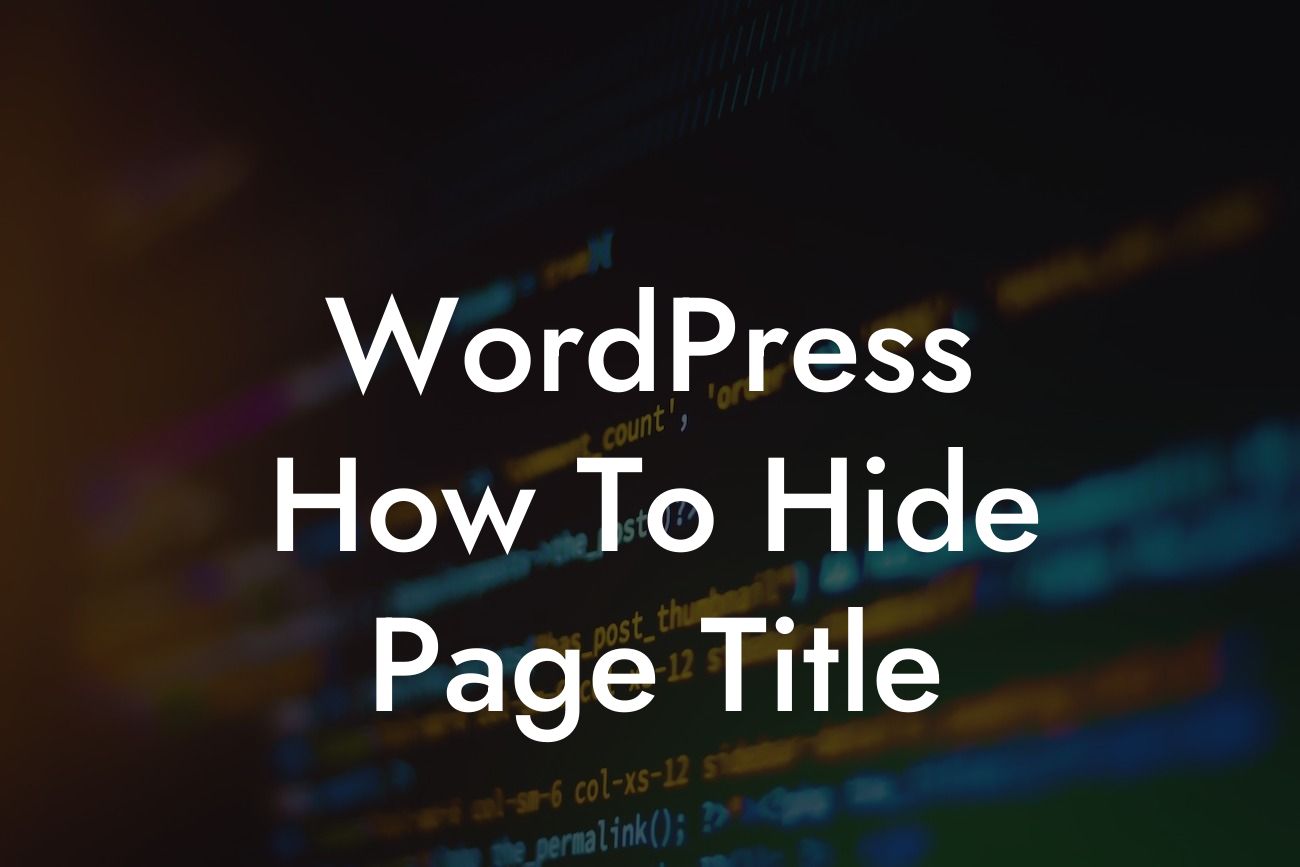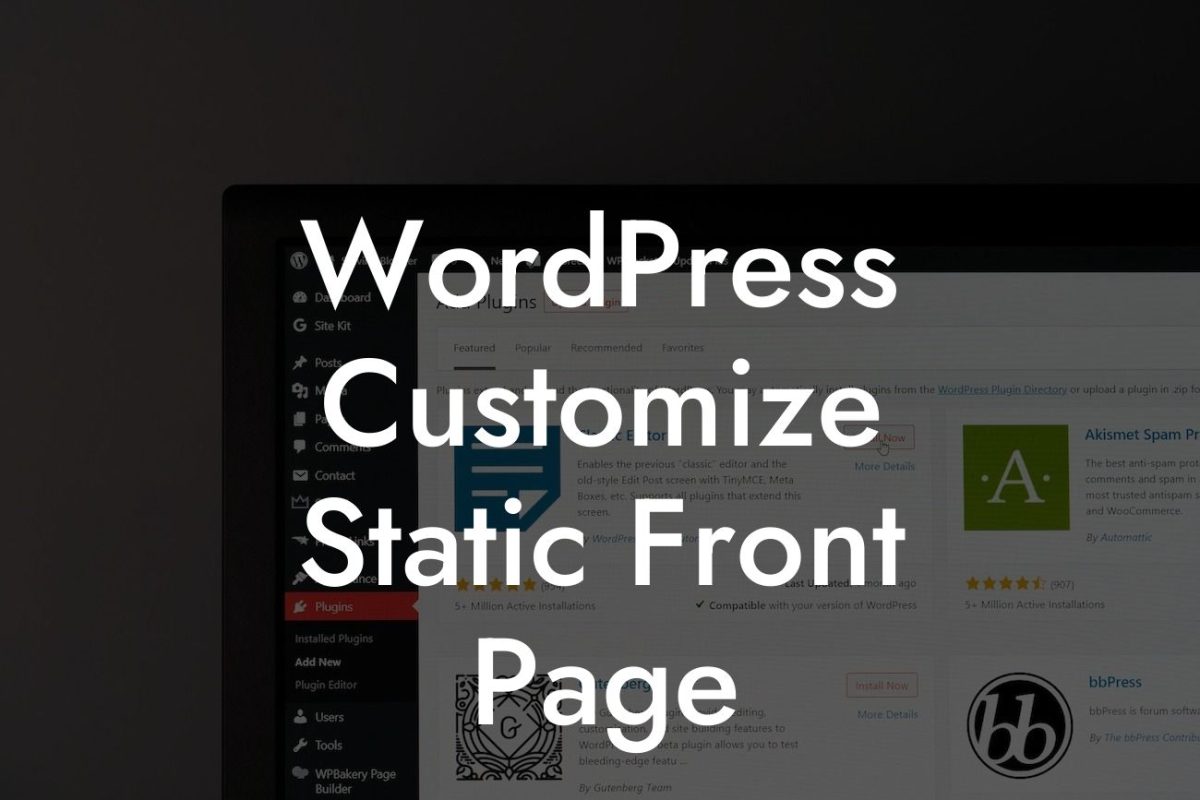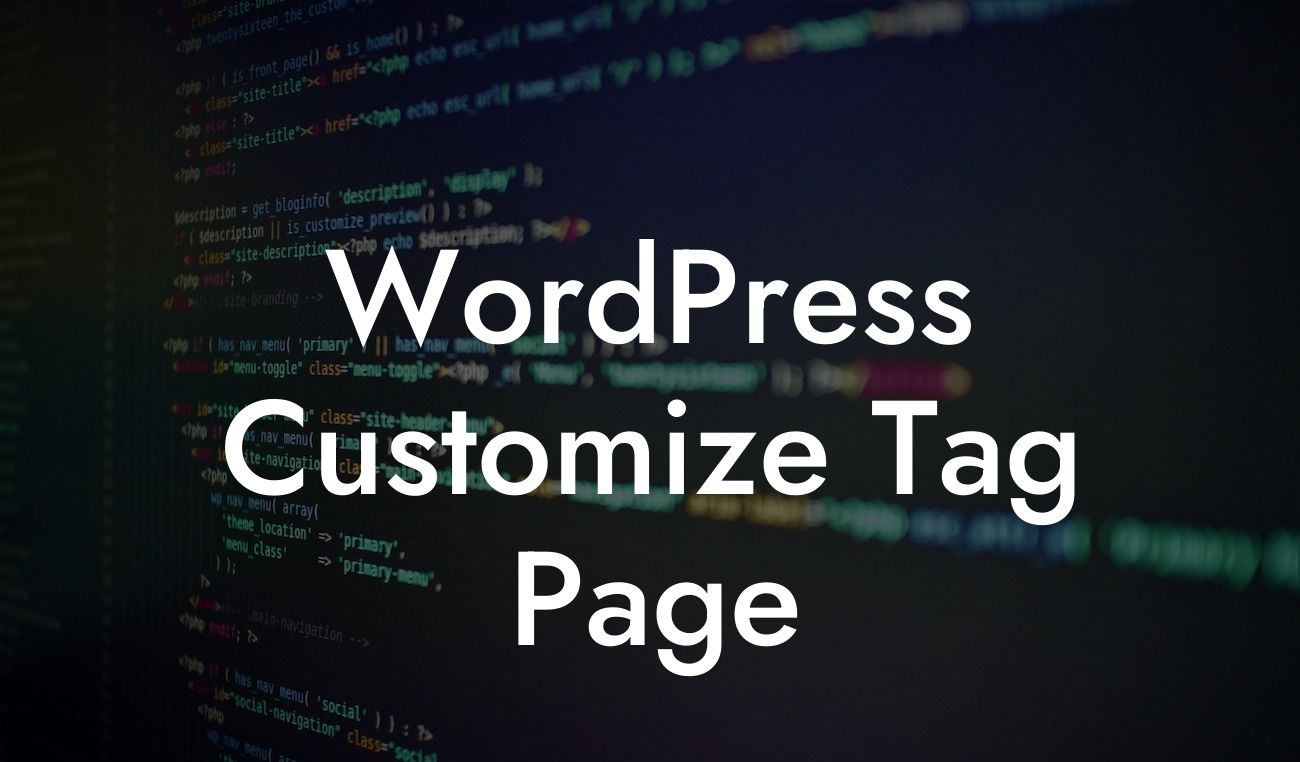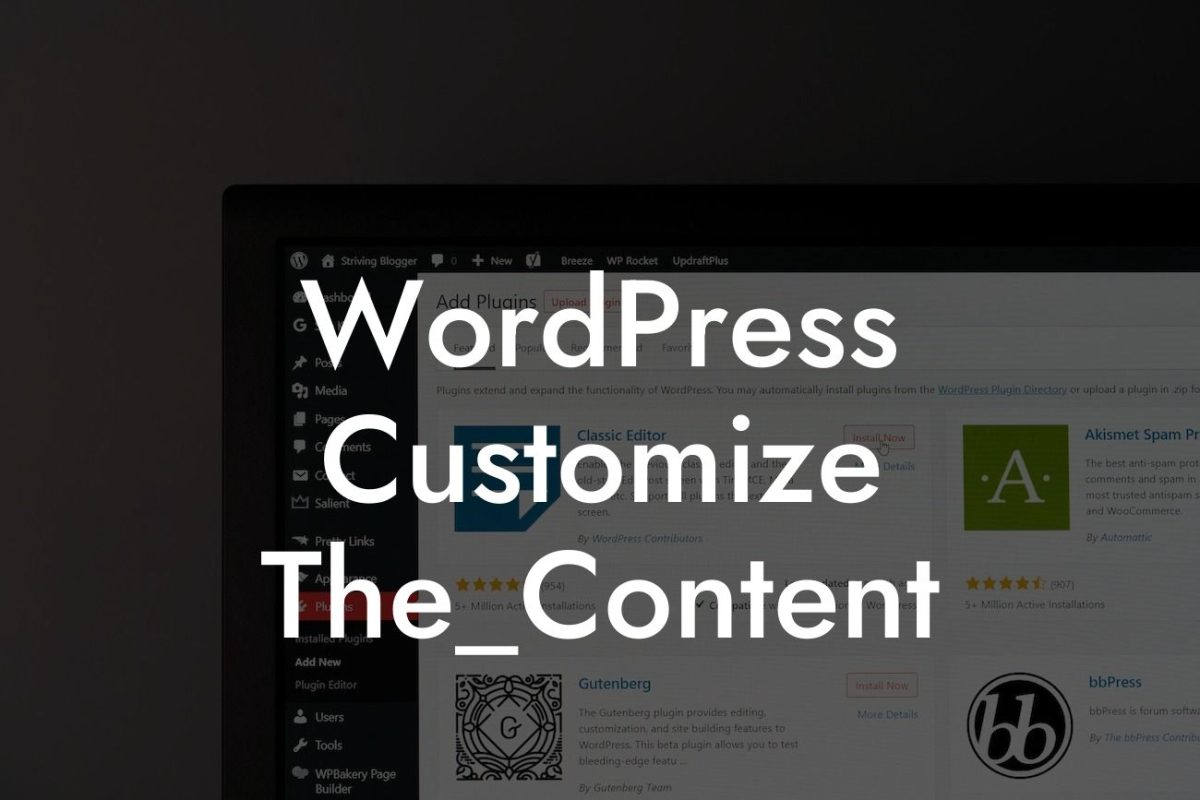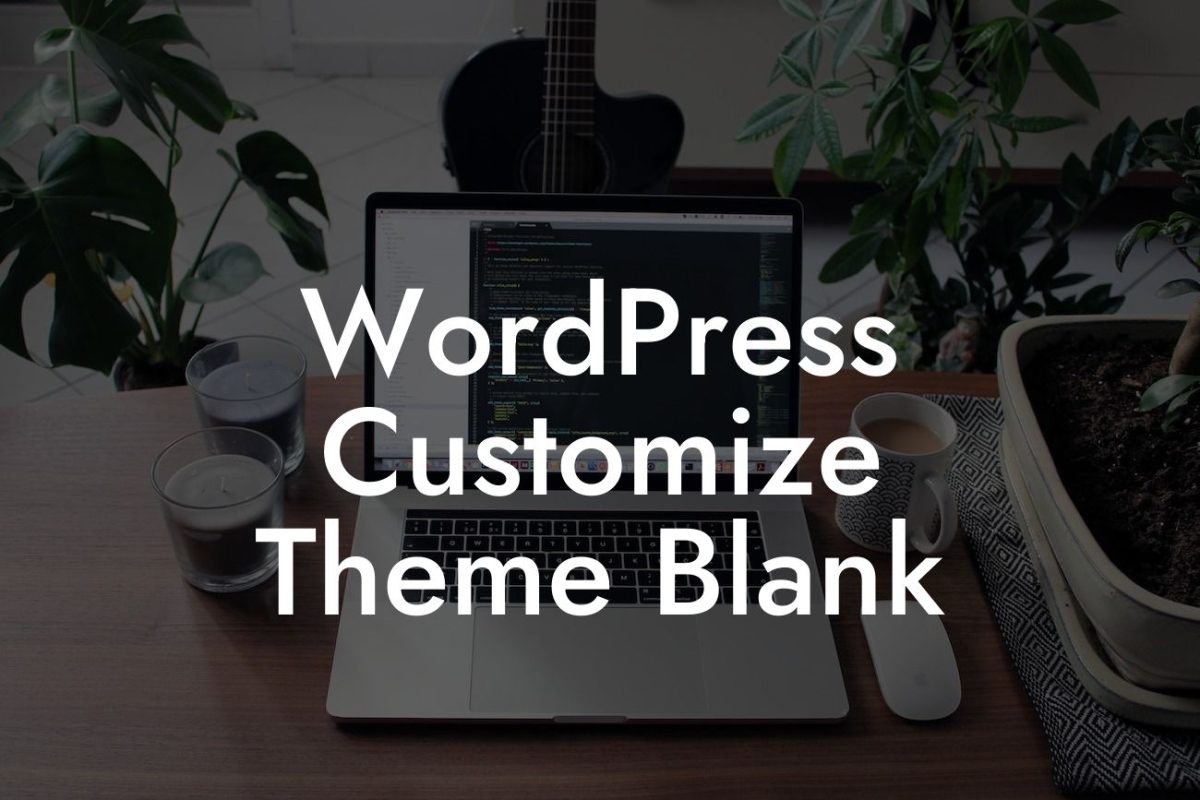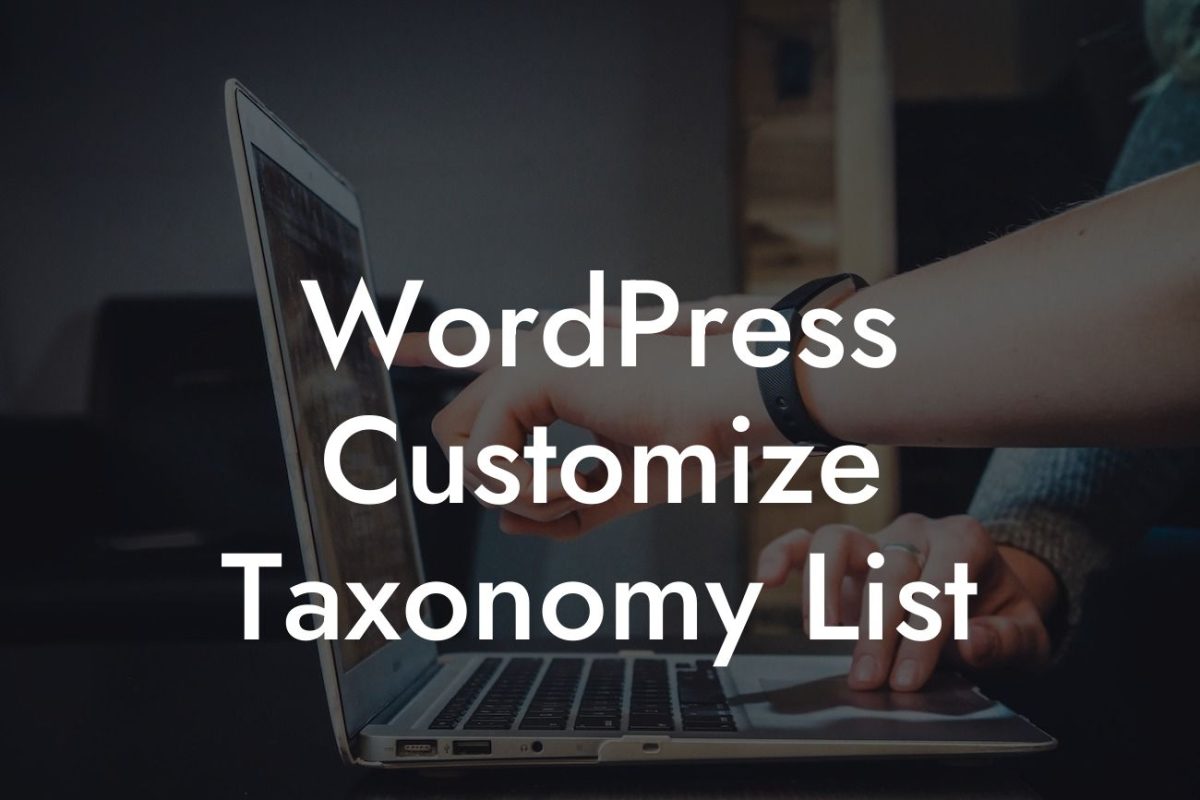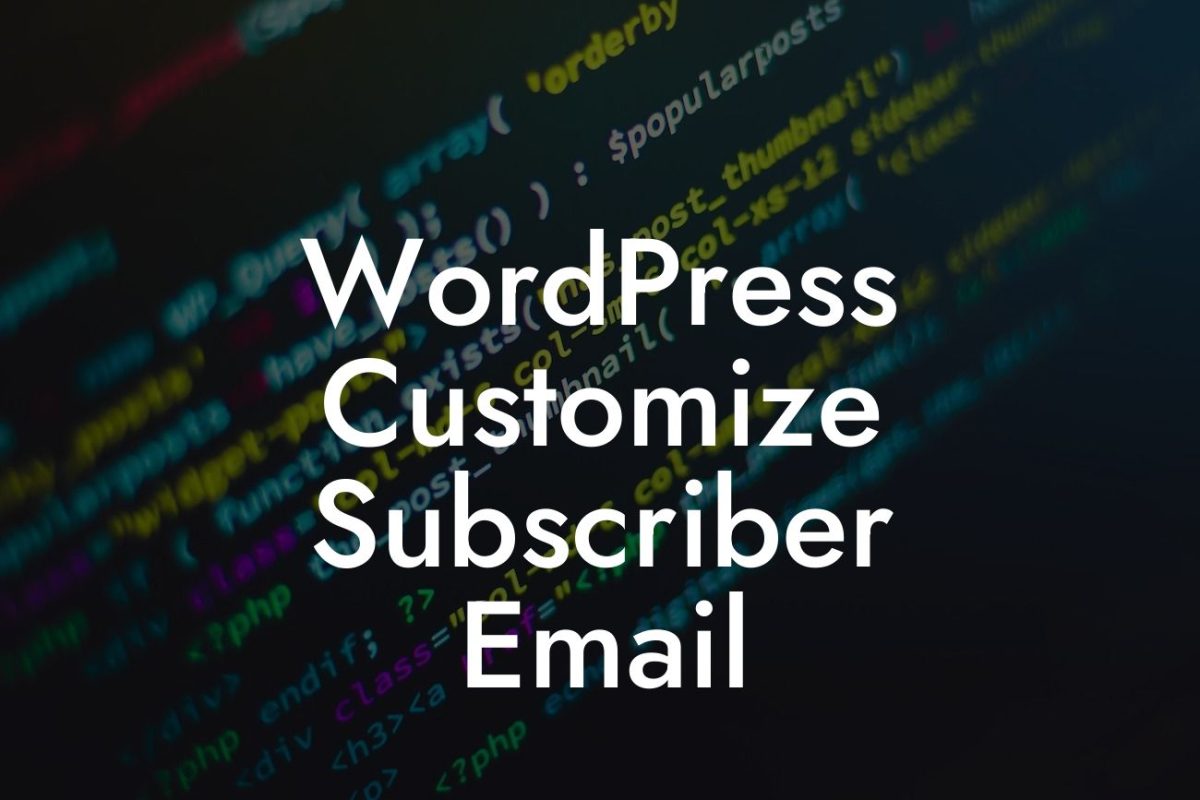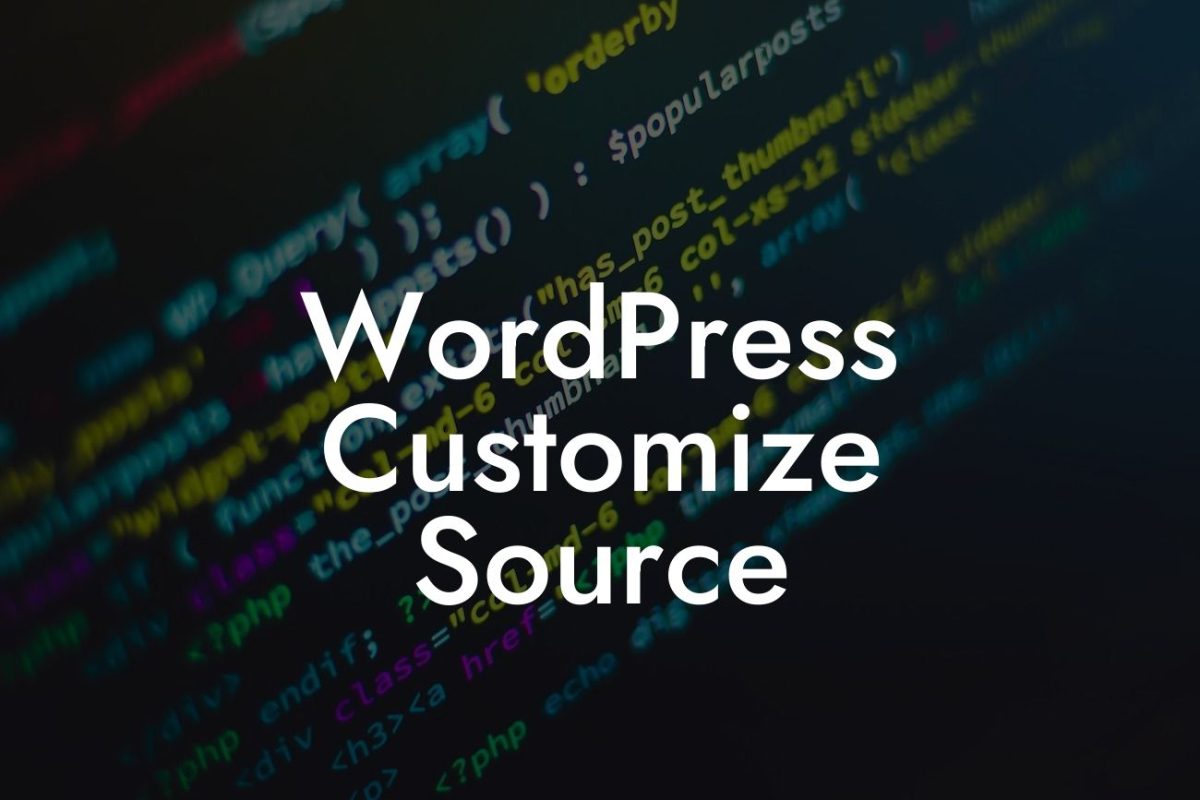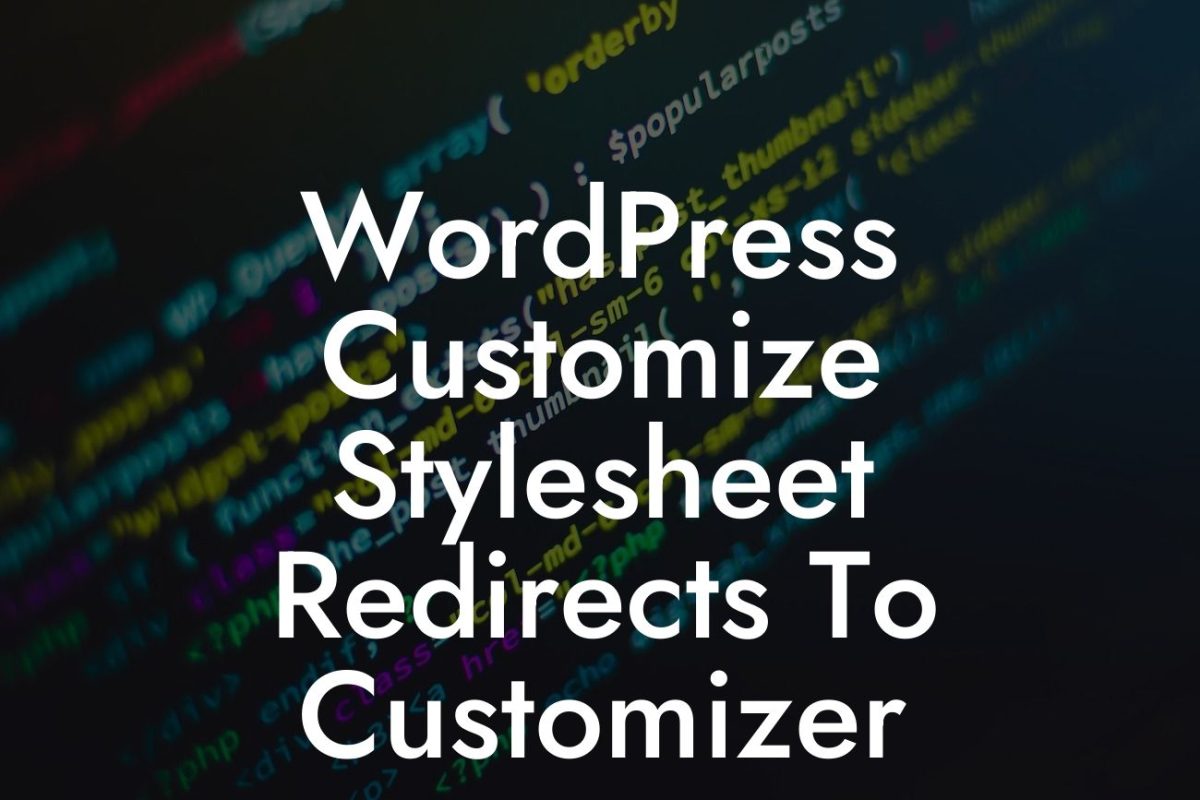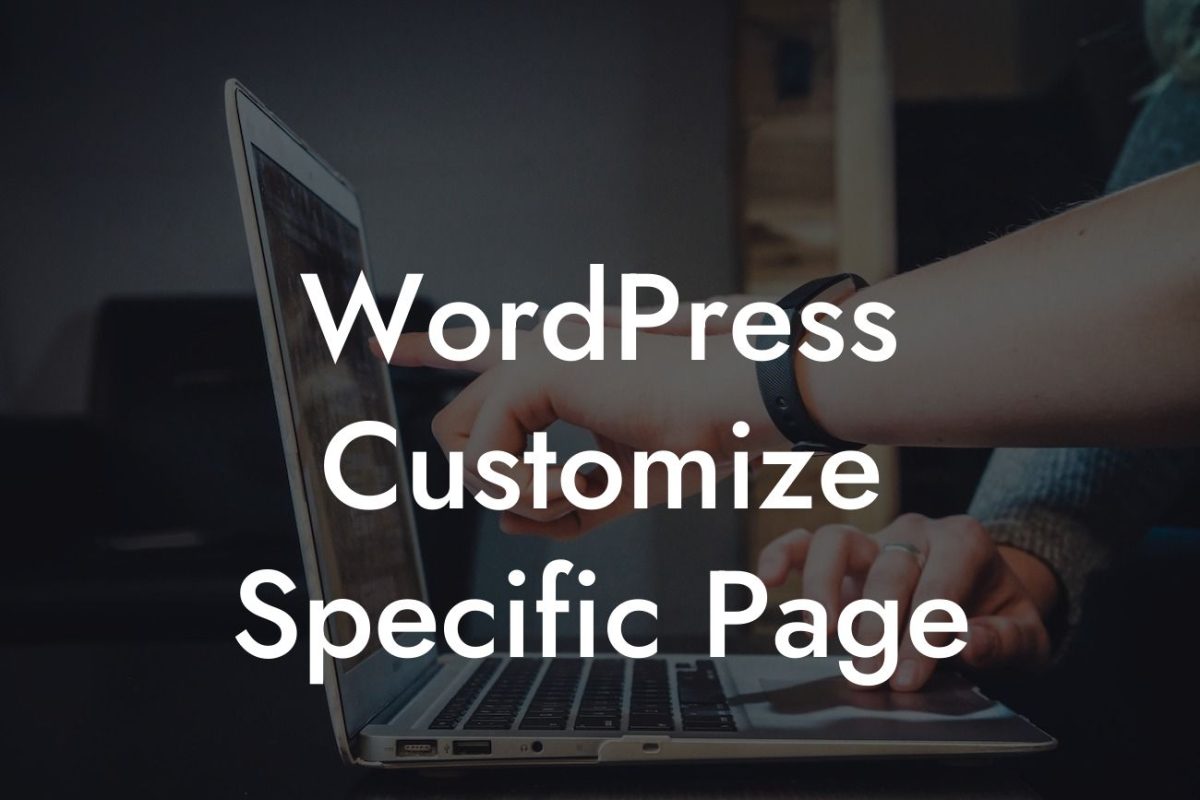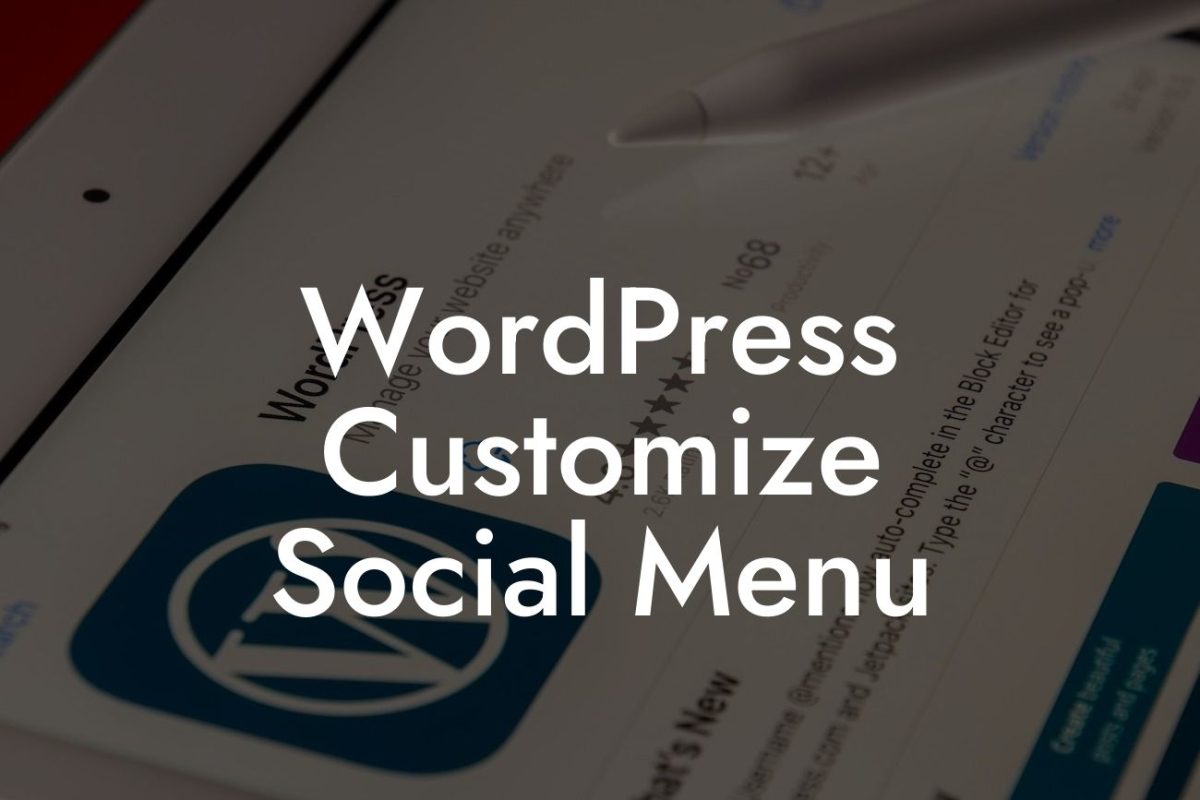Are you tired of the default WordPress page titles cluttering up your website's design? Do you want to enhance the user experience by hiding unnecessary page titles? If so, you've come to the right place! In this guide, we will show you how to hide the page title in WordPress, giving your website a cleaner and more professional look. Say goodbye to outdated and cluttered designs, and embrace a sleek and modern appearance with DamnWoo's expert tips and tricks.
Engaging and clear headings, accompanied by bullet points and ordered lists, will provide an organized and easy-to-read format for this section.
H2: Why Should You Hide Page Titles?
- Improved website design: By hiding page titles, you can create a more spacious and clean layout, allowing your main content to stand out.
- Enhanced user experience: Excess information can distract users from the main purpose of the page. Removing page titles can help visitors focus on the content that matters.
Looking For a Custom QuickBook Integration?
- Better SEO optimization: In some cases, hiding page titles can improve keyword density and make your content more search engine friendly.
H2: Methods to Hide Page Titles
1. Using a WordPress Page Builder Plugin
- Step 1: Install a WordPress page builder plugin such as Elementor or Divi.
- Step 2: Create a new page or edit an existing one with the page builder.
- Step 3: Locate the Title or Heading element and delete or disable it.
- Step 4: Save and publish your changes.
2. Utilizing CSS to Hide Page Titles
- Step 1: Go to Appearance > Customize in your WordPress dashboard.
- Step 2: Click on Additional CSS.
- Step 3: Add the following code snippet to hide the page titles:
```
.entry-header {
display: none;
}
```
- Step 4: Click on Publish to save the changes.
Wordpress How To Hide Page Title Example:
Imagine you have a small online store showcasing different products on individual pages. You want your visitors to focus solely on the product images and descriptions without any distractions. By hiding the page titles, you create a seamless browsing experience where customers can easily find what they're looking for without unnecessary clutter. This improves their overall satisfaction and increases the likelihood of making a purchase.
Congratulations! You now have the knowledge to hide page titles in WordPress and take your website's design to the next level. Remember to explore other guides on DamnWoo to make the most out of your online presence. Don't forget to try our awesome WordPress plugins tailored for small businesses and entrepreneurs. Share this article with others who might find it useful and join DamnWoo's community of successful individuals today!

